This revision video provides an overview of the concept of capacity, capacity utilisation and some of the issues facing businesses operating at low or high uStrategic Management for Competitive Advantage For the better part of a decade, strategy has been a business buzzword Top executives ponder strategic objectives andThe ability to accurately index production levels to customer demand (also called capacity planning) is a necessary skill in manufacturing In fact, capacity planning can be a useful tool in any business that regularly deals with variations in demand
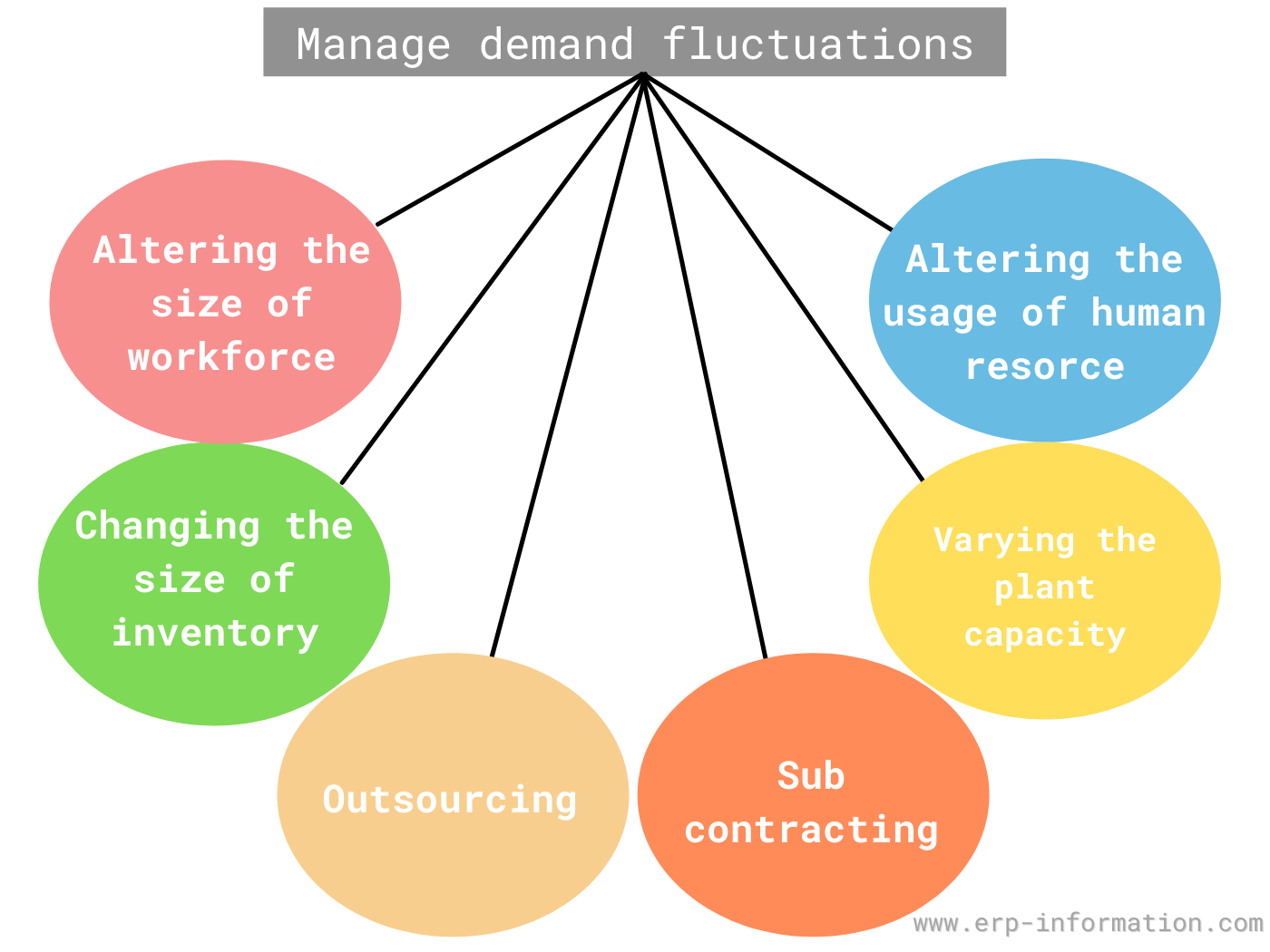
What Is Aggregate Planning 3 Strategies For Aggregate Production Planning
Level capacity strategy advantages
Level capacity strategy advantages-A) stable employment B) lower absenteeism C) lower turnover D) more employee commitment E) matching production exactly with sales Which of the following best describes aggregate planning?Managing demand and supply is a key task of the service manager Although there are two basic strategies for capacity management, the enlightened service manager will, in




Briefly Discuss The Advantages And Disadvantages Of Each Of These Planning Course Hero
– Chase strategy sync production with demand, hiring and firing as needed – Time flexibility from workforce or capacity strategy assumes labor pool can work variable hours (incl overtime), has lower inventory& utilization, – Level strategy – keep capacity & labor usage constant, either stockpile inventory or short orders as neededThe second general strategy is to adjust capacity to match fluctuations in demand Shifting demand and capacity But the goal is always to ensure the highest level of capacity utilization without sacrificing profits Capacity planning is defined as a method to gauge the production capacity needed to meet the changing product demands of an organization Two terms of design capacity and effective capacity are used extensively in the context of capacity planning The first is the maximum work that is completed in a specific period by an organization, and the latter is the
Airlift Strategy 06 68 4 Seasonality and capacity demands due to special events Need for provision of adequate capacity to meet seasonal demand through the bilateral framework and interface with current SA airlines on the particular route(s) are acknowledged The following tactical approach to be adopted in this regardPlanning for capacity is important for many reasons The level of capacity Casey's company has affects its ability to be responsive to its customers and its ability to compete with its competition The level of capacity directly relates to the amount of output in the form of goods and services manufacturers can produce to satisfy customer demand Capacity planning strategies can guide manufacturers on how much raw materials, equipment, labor, and investment in facilities need to be acquired over a period of time to meet the future demand
Which of the following is NOT an advantage of level scheduling? Advantages of online shopping to consumers;The advantages of the Level capacity strategy a Employment of operational resources at all times b Efficient production stages can be held at a constant rate c Lowers unit cost for examples, mass production or manufacturing of uniform products




Evaluating Capacity Development Better Evaluation




Advantages And Disadvantages Of Multiple And Single Sourcing Strategy Download Table
LEVEL STRATEGY A level strategy seeks to produce an aggregate plan that maintains a steady production rate and/or a steady employment level In the context of the problem posted by you following the level strategy means incurring additional subcontracting costs at least twice This is to offset the shortfall in production because of the levelThe idea here is that a level schedule is used during consistent periods and the chase strategy is used during months with fluctuating demand This can be helpful in seasonal businessThe level capacity strategy, the focus is on the process where product output remains at a somewhat fixed level and increases/decreases in demand are satisfied through strategic decisions of utilizing inventory (maintain buffer stock), outsourcing and backorders In comparison to level capacity strategy is adjusting capacity to follow
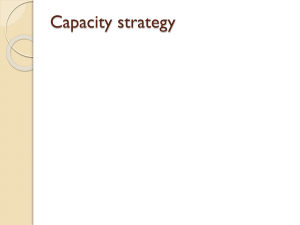



4 Capacity Strategy




Make Or Buy Decision Overview How It Works Triggers
Lead Strategy The lead capacity strategy is adding capacity in anticipation of an increase in demand Lead strategy is an aggressive strategy with the goal of luring customers away from the company's competitors The possible disadvantage to this strategy is that it often results in excess inventory, which is costly and often wastefulAggregate capacity is the total amount of capacity required or available to carry out a function It also tells about the 3 best strategies for aggregate planningThey are level strategy, Chase strategy and hybrid strategyLevel Strategy •Deliver products and services at a Chase Strategy • Advantages –Stable inventory –Varied production to meet sales requirements Chase versus Level Strategy Chase Demand Level Capacity Level of labor skill required Low High Job discretion Low High




9 Planning Capacity Management Pdf Studocu




K And R Reproductive Strategies
Peak Facility Capacity Those advantages just mentioned do not come free The chase strategy has the highest peak capacity requirement The chase strategy has the highest peak capacity requirement This means that facilities, both production and warehousing, will need to be larger than the other two strategies would require Lag strategy is a conservative method of capacity planning that ensures your costs are as low as possible The potential downside to this strategy is that it can create a lag in the delivery of products or services to customers, which is where the name comes fromLevel capacity strategy Maintaining a steady rate of regulartime output while meeting variations in demand by a combination of options (overtime, inventories, parttime, subcontracting)




Qdc 1 Supply Chain Flashcards Quizlet




Production Planning Planning Horizon Long Range Short Range
Strategies The broad classes of capacity planning are lead strategy, lag strategy, match strategy, and adjustment strategy Lead strategy is adding capacity in anticipation of an increase in demand Lead strategy is an aggressive strategy with the goal of luring customers away from the company's competitors by improving the service level and reducing lead timeThe disadvantages of the Level capacity strategy are as follows a High risk of stock obsolescence when customer requirements change b High staff cost while underutilised for examples, service organisations throughout off peak times Explain needed forA) an plan that will effectively utilize the organization's resources to satisfy demand B) the
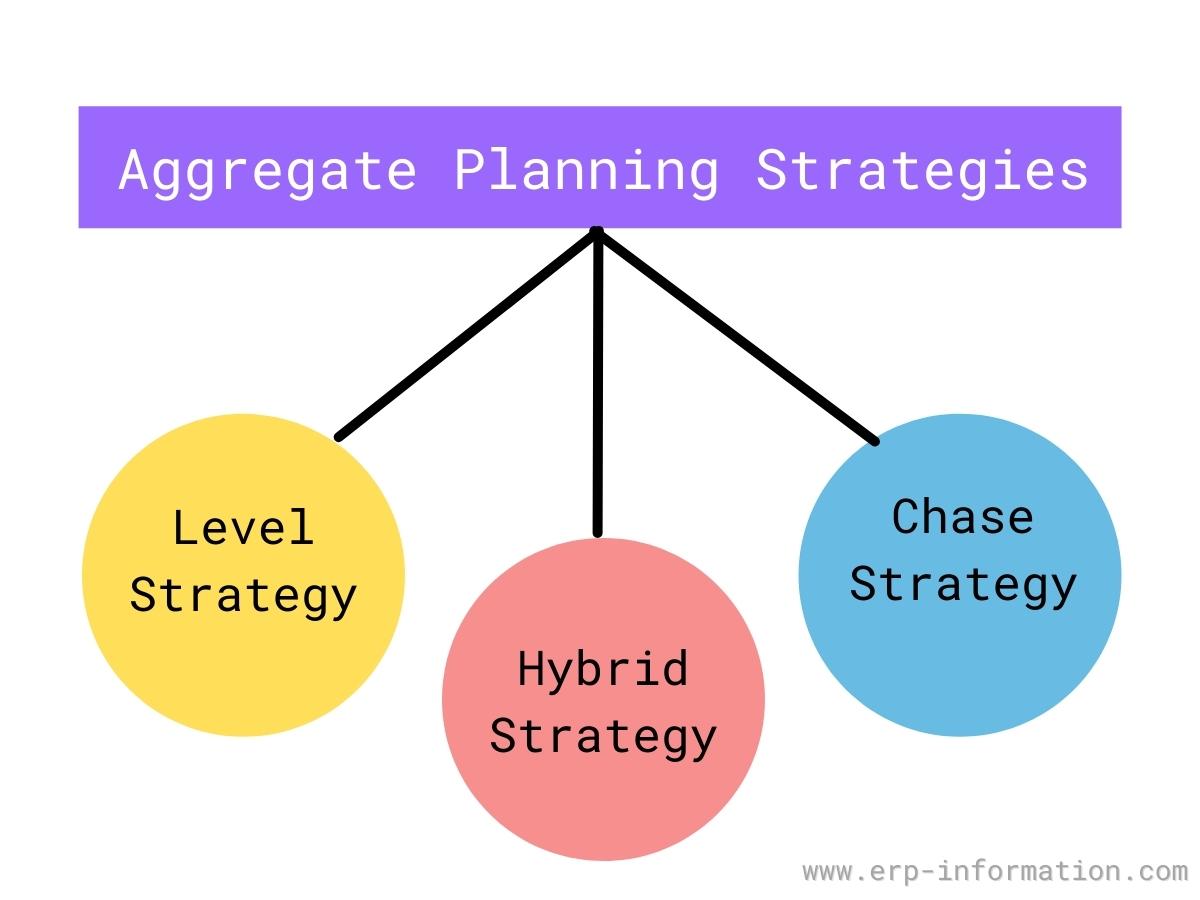



What Is Aggregate Planning 3 Strategies For Aggregate Production Planning




Porter S Generic Strategies Wikipedia
CapabilitiesDriven Strategy Growth, on the other hand, by combining a marketback and capabilitiesforward view, allows companies to identify attractive market opportunities that give them a "right to win" based on who they are and what they are great at doing Cost Advantages of Aggregate Planning Aggregate planning is concerned with determining the quantity and the schedule of production for the immediate future Aggregate plans are intermediaterange plans that are valid for three to 18 months The main objective of aggregate plans is to lower costs and to use capacity most efficientlyThe corporatelevel strategy provides a rationale for keeping all these businesses grouped together under common ownership – and at some distance from outside share holders and investors CorporateLevel Strategy Corporatelevel strategy has not been wellserved It has been a poor cousin to businesslevel strategy and has made far less progress
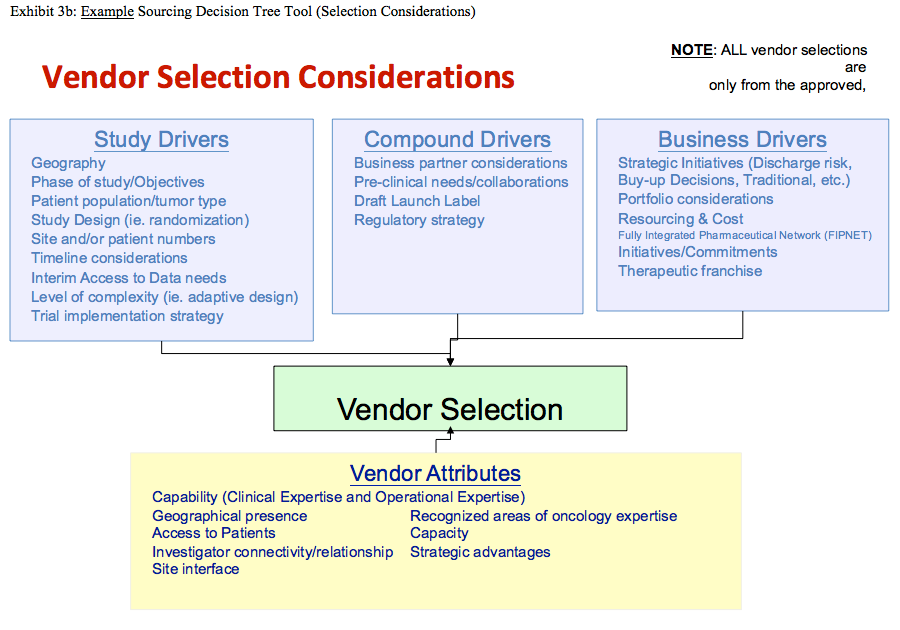



Essentials For Developing And Optimizing A Logical Sourcing Strategy




Basic Strategies Level Capacity Strategy Chase Demand Strategy Ppt Download
The ultimate goal of capacity planning is to meet the current and future level of the requirement at a minimal wastage The three types of capacity planning based on goal are lead capacity planning, lag strategy planning and match strategy planning Factors Affecting Capacity Planning Ensuring Capacity Availability One of the main advantages of the match strategy for capacity planning is that it ensures the availability of sufficient capacity to meet the needs of the company's customersPorter's Five Forces Framework Porter's Five Forces Framework introduced back in 1979 by Michael E Porter from Harvard University in his first book "Competitive Strategy" It becomes international best seller, and considered by many to be a definitive work on corporate strategy
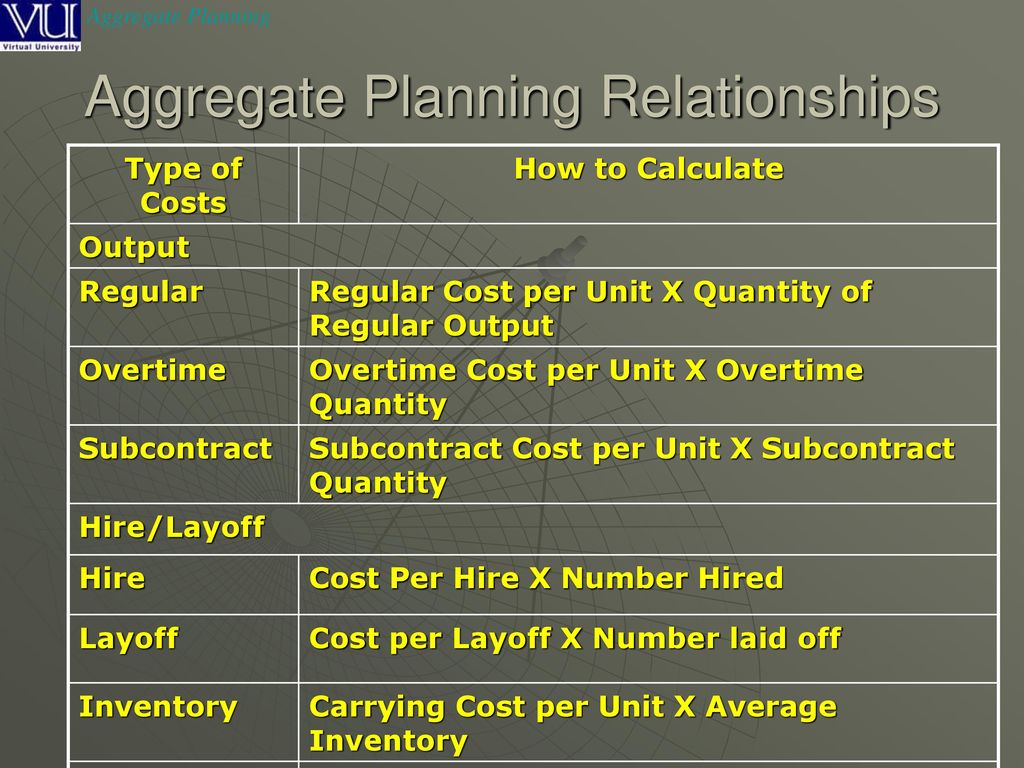



Basic Strategies Level Capacity Strategy Chase Demand Strategy Ppt Download




Competitive Advantage Learn How A Competitive Advantage Works
Lead Strategy An upfront investment in more capacity that you need This can be done when capacity is inexpensive or difficult to obtain For example, a new vineyard anticipates using less than 10 acres of land in its first 5 years but purchases 100 acres of land as a long term investment in the businessThe advantages of the level capacity strategy include 1 The utilization of operational resources throughout the year 2One capacity strategy has advantages which include "reduced risk of overbuilding and greater productivity due to higher utilization levels" and risks which include "reduced availability of products or services during periods of high demand"
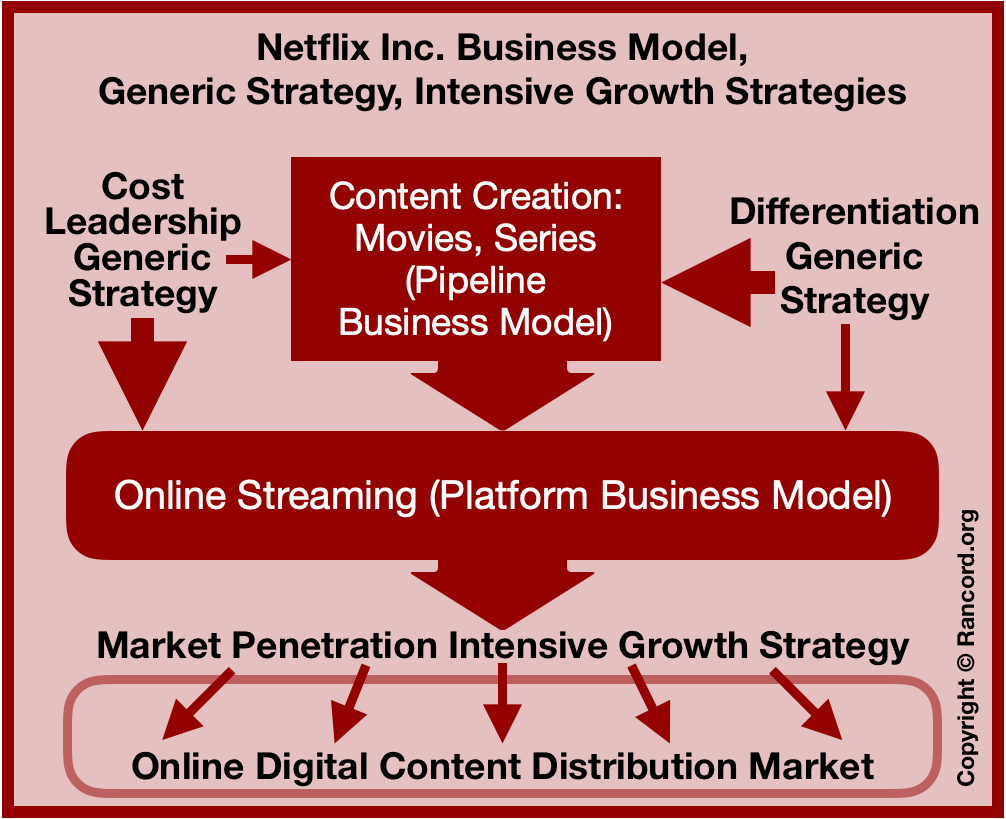



Netflix S Generic Strategy Business Model Intensive Growth Strategies Rancord Society
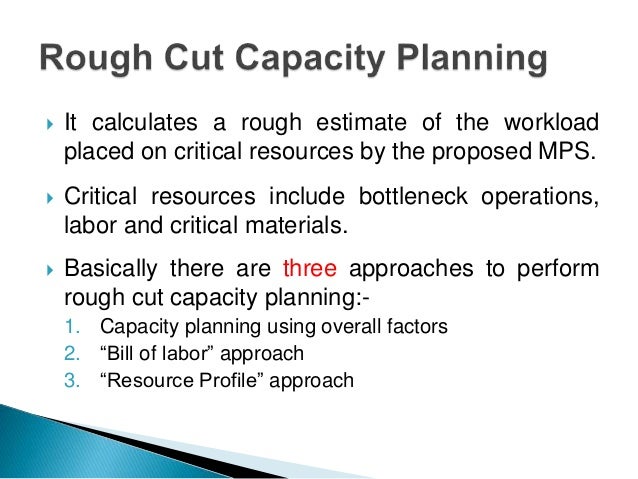



Capacity Management
Level Strategy • Level strategy is a strategy the firm maintains a constant capacity over a period of time irrespective of the fluctuations in demand • This strategy is used when the skill level, training required, or the cost of hiring people and terminating them is high Demand Units Time Production 7 8Capacity and how much to increase capacity are critical decisions Figure 111 (a), (b), and (c) show three basic strategies for the timing of capacity expansion in relation to a steady growth in demand • Capacity lead strategy Capacity is expanded in anticipation of demand growth This Under the chase strategy, production is varied as demand varies With the level strategy, production remains at a constant level in spite of demand variations In companies that produce to stock, this means that finished goods inventory levels will grow during low demand periods and decrease during high demand periods




Strategic Management Wikipedia




Capacity Management Ppt Video Online Download
Competitive advantage In the world of globalisation, firms which have competitive advantage (capacity to deal with competitive forces) have better sales and financial performance This is possible if they foresee the future Future can be predicted through strategic planning Service differentiation can be specified as the cornerstone of Hilton Hotels business strategy Specifically, the company differentiates its services on the basis of quality, maintaining the highest level of standards and integrating IT systems into various aspects of service provision Digital hospitality is one of the main sources of Hilton Hotels competitive advantageIllinoisJobLinkcom is a webbased jobmatching and labor market information system
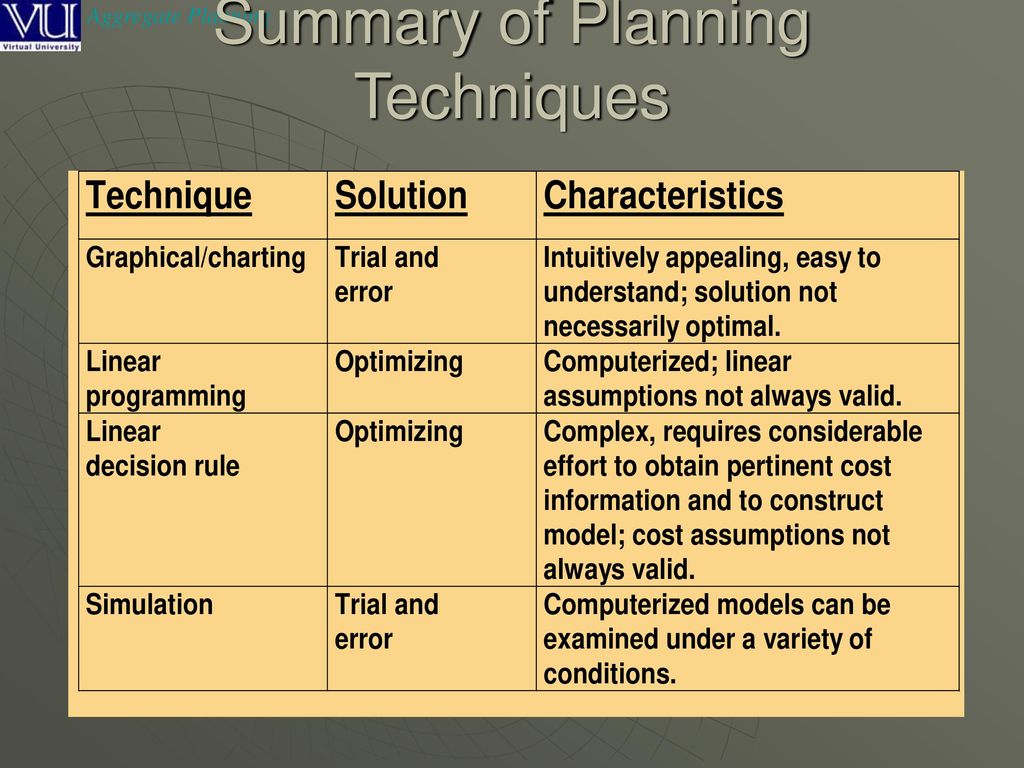



Basic Strategies Level Capacity Strategy Chase Demand Strategy Ppt Download
.png)



Balanced Scorecard In Advantages And Disadvantages
It is best suited where the inventory carrying costs are not high and are adopted by mainly manufacturing companies The advantages of using level strategy are welltrained workforce as their changes are not so frequent, experienced workers and a low rate of absenteeism and employee turnover
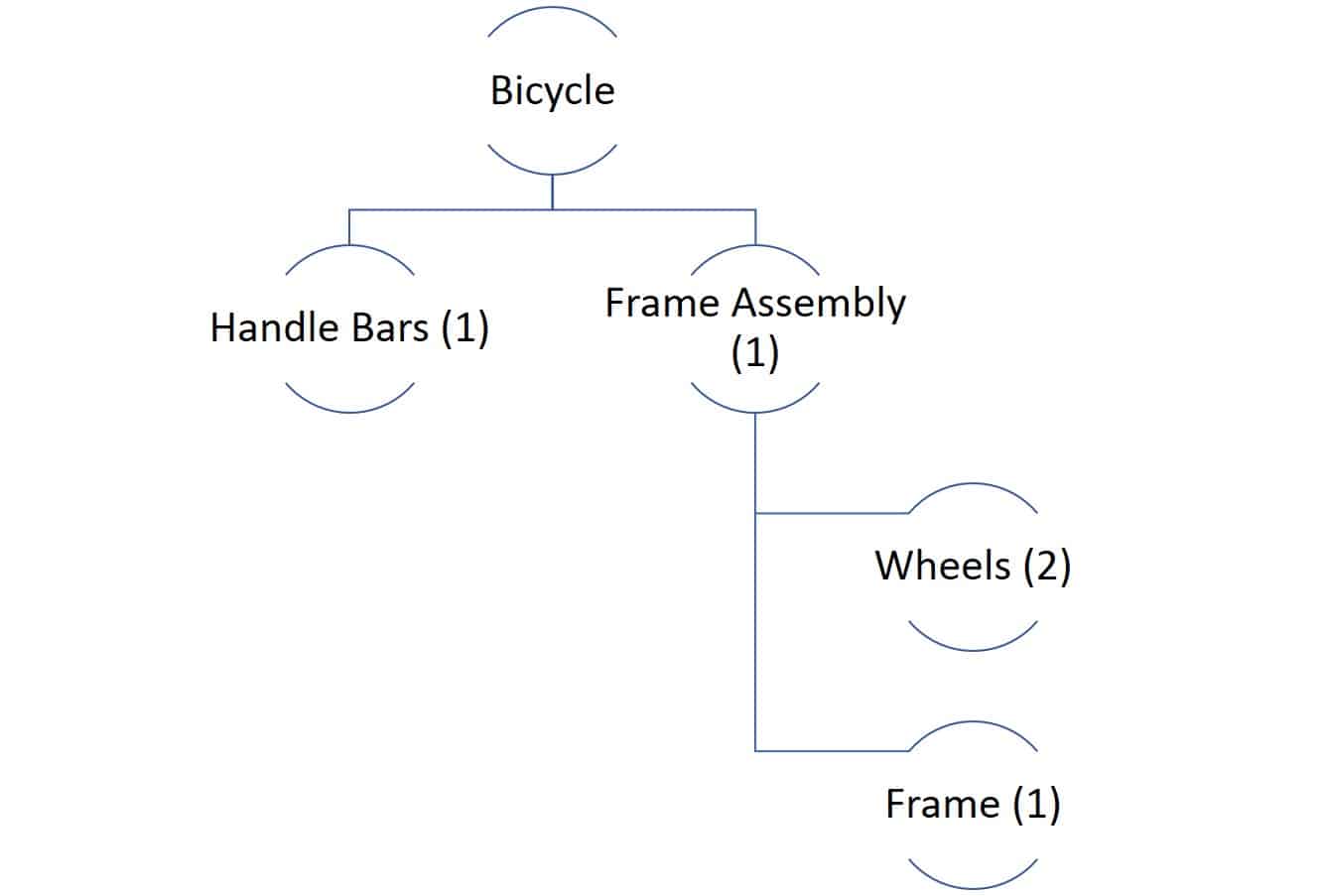



Everything You Need To Know About Material Requirements Planning Mrp Smartsheet
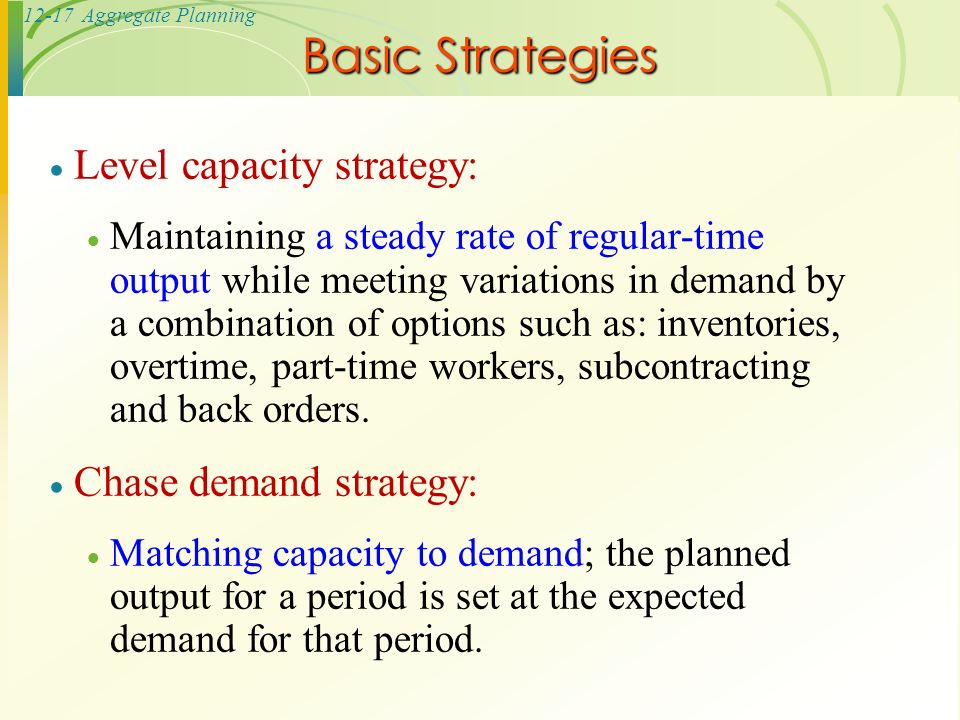



Operations Management Ppt Video Online Download



Cost Leadership Mastering Strategic Management 1st Canadian Edition




Balanced Scorecard In Advantages And Disadvantages
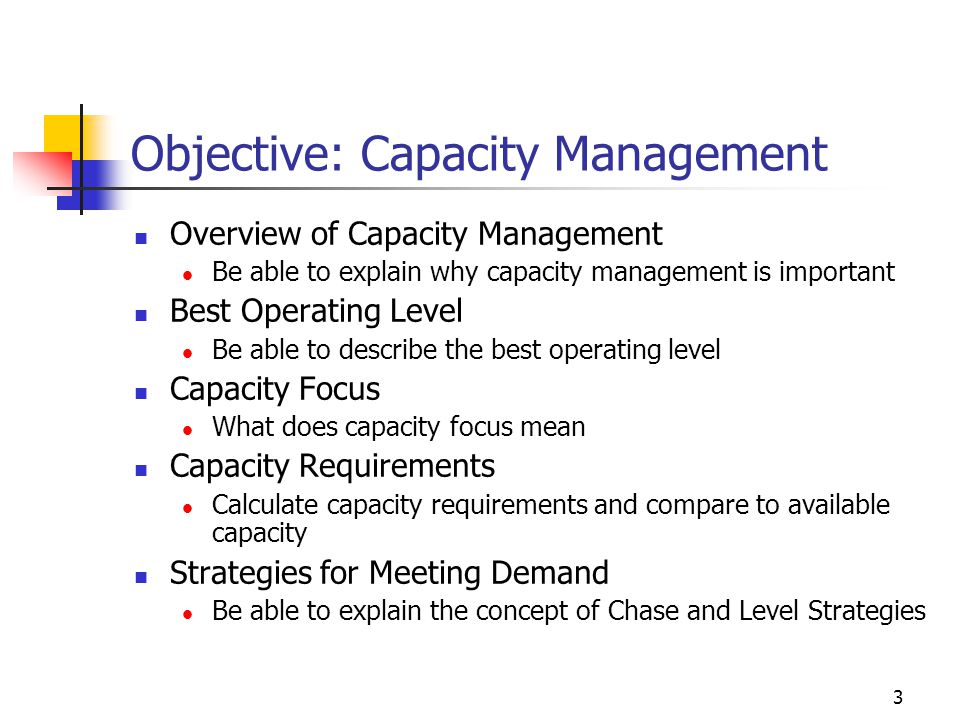



Strategic Capacity Planning Aggregate Planning Ppt Video Online Download




Operations Benefit Cost Analysis Desk Reference Chapter 2 Overview Of B C Analysis For Operations




Strategy Under Uncertainty




Standardization 101 A Guide To Standardized Business Processes Data And Customer Experience With Examples




4 Capacity Strategy




What Is Aggregate Planning 3 Strategies For Aggregate Production Planning
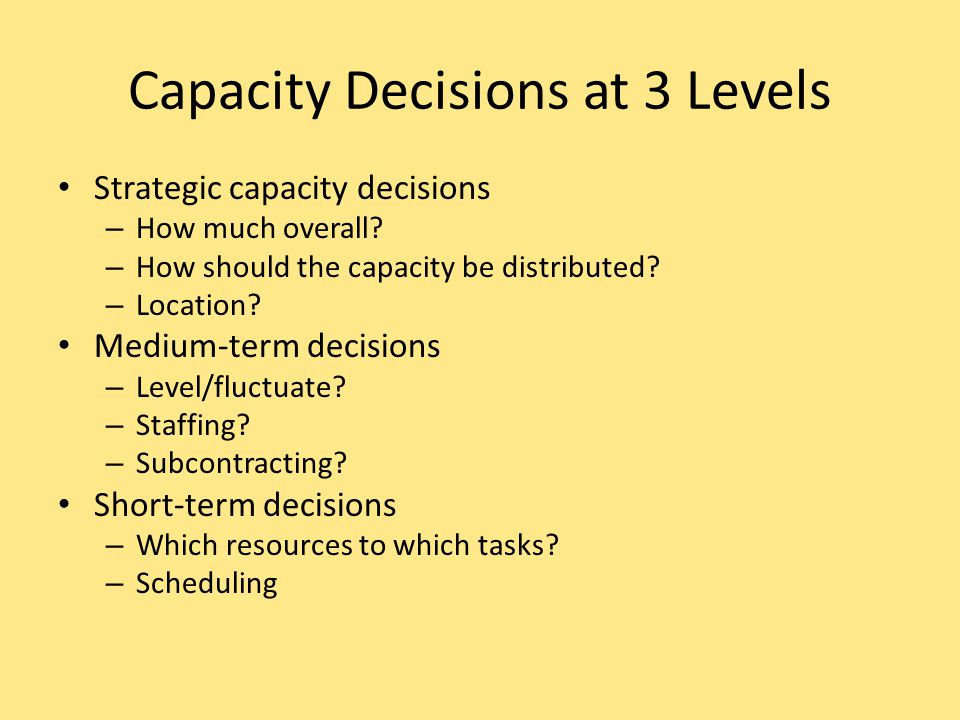



Operations Strategy Capacity Strategy Ppt Video Online Download




What Is Capacity Planning Examples Types Optimoroute




Match Supply And Demand In Service Industries




Business Level Strategy What Is It By Batur Seker Medium




Workforce Planning For Competitive Advantage Post Covid 19
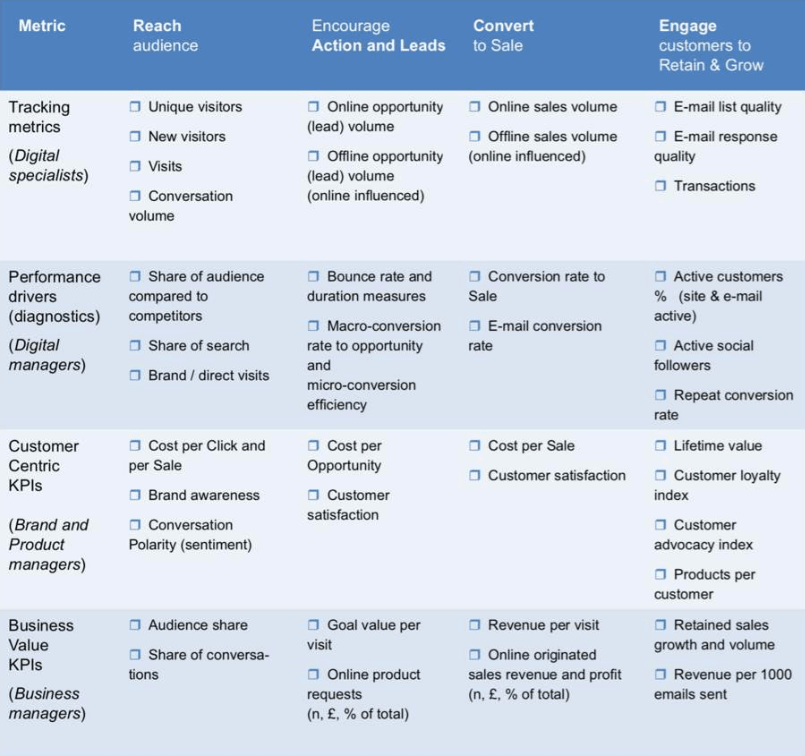



Strategic Analysis Your Ultimate Guide Marketing Templates




What An Effective Capacity Planning Process Looks Like In 21




Lesson 16 Aggregate Planning Ppt Video Online Download
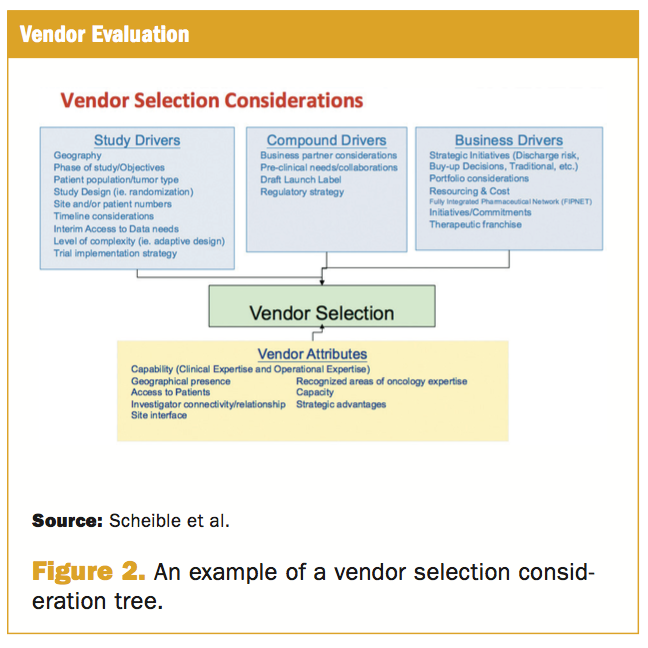



Developing A Logical Sourcing Strategy




Basic Strategies Level Capacity Strategy Chase Demand Strategy Ppt Download




What Is Capacity Planning Examples Types Optimoroute




Aggregate Planning Strategy Organization Levels System Examples Model Type Company System




Strategic Management For Competitive Advantage
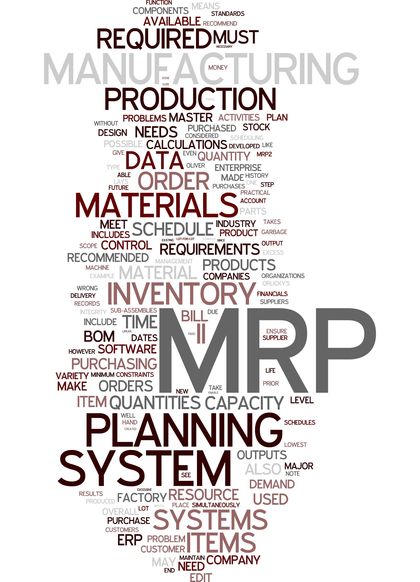



Capacity Planning Organization System Examples Definition System Long Term Capacity Planning




The Competitive Advantage Of Nations




Internal External Analysis Onstrategy Resources




What Is Capacity Management Role In Planning Marketing91




Internal And External Growth Strategies Explained With Examples B2u




Briefly Discuss The Advantages And Disadvantages Of Each Of These Planning Course Hero
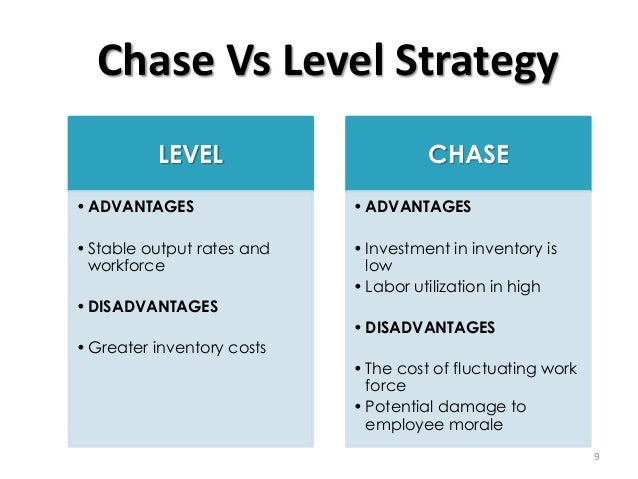



Models Of Aggregate Planning




Achieving Economies Of Scale Strategy Tools From Mindtools Com



1




Capacity Planning Types Lead Lag Average Strategies Video Lesson Transcript Study Com




Common Types Of Corporate Strategies Boundless Management
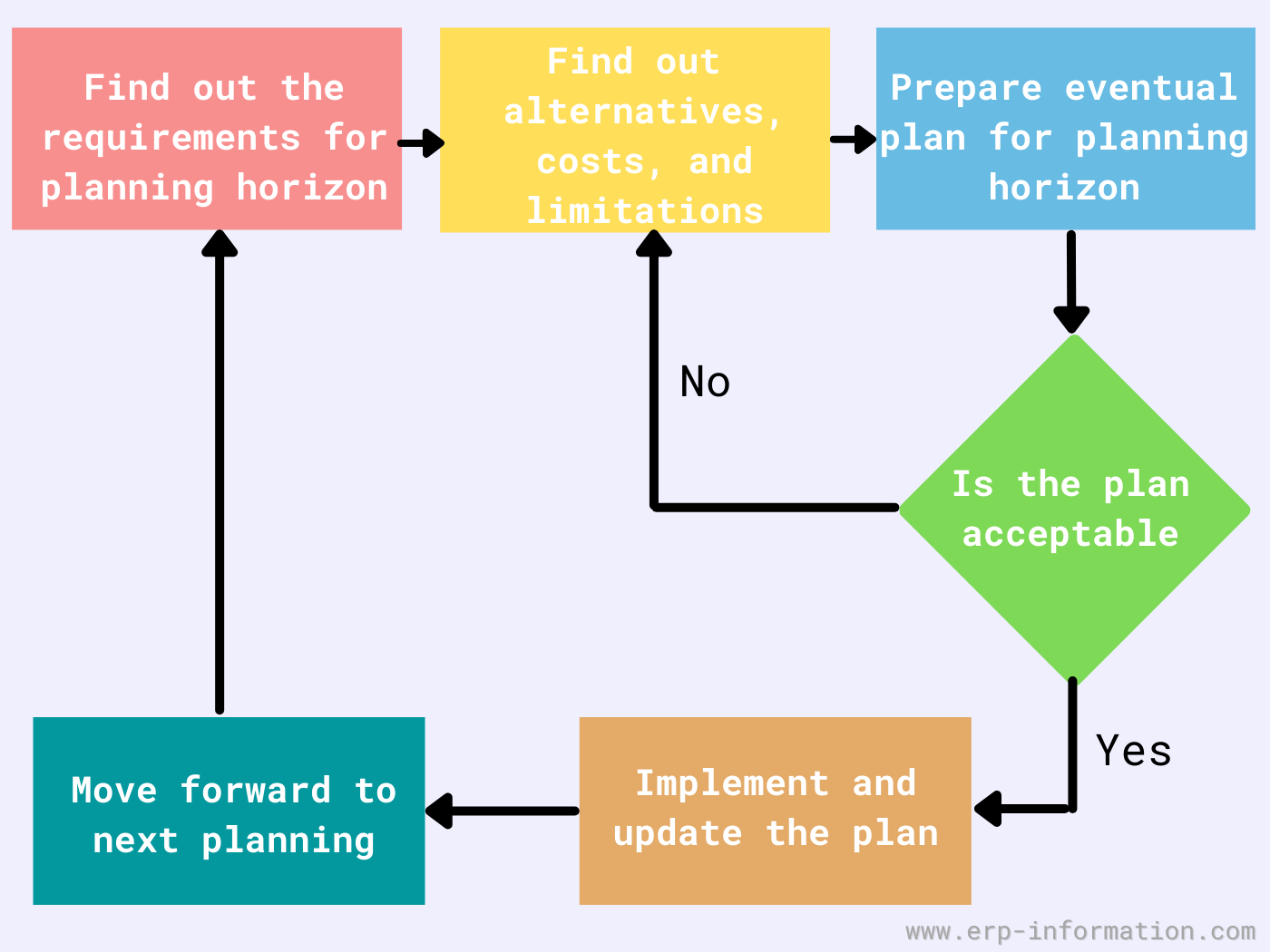



What Is Aggregate Planning 3 Strategies For Aggregate Production Planning
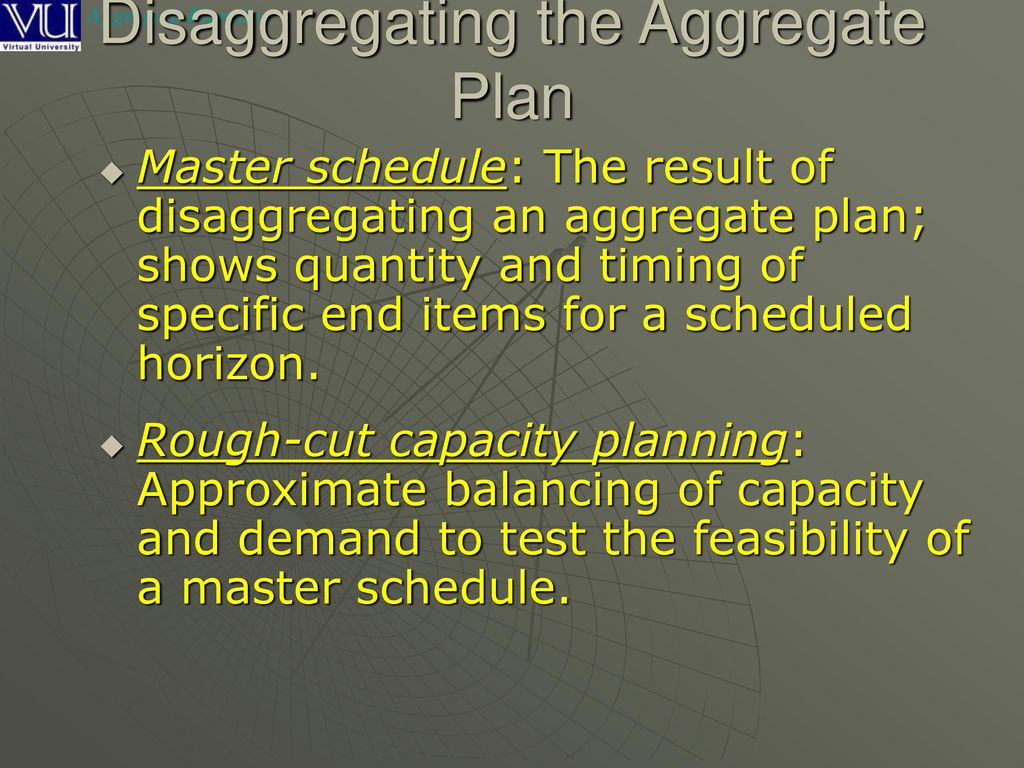



Basic Strategies Level Capacity Strategy Chase Demand Strategy Ppt Download
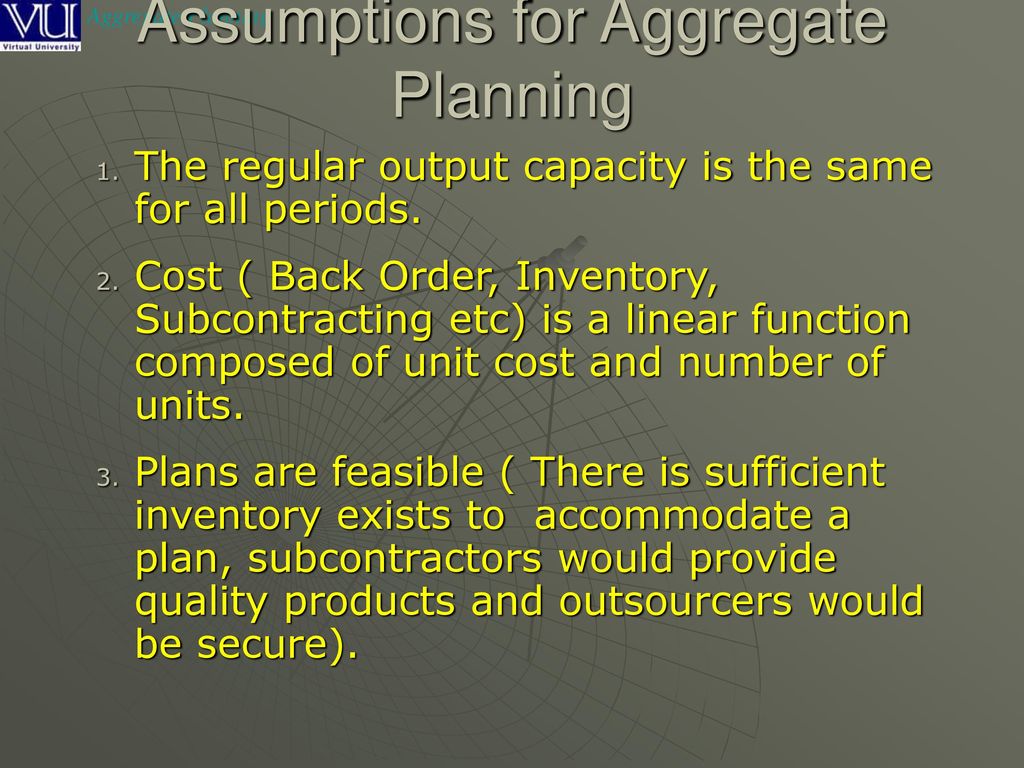



Basic Strategies Level Capacity Strategy Chase Demand Strategy Ppt Download




Capacity And Aggregate Planning Ppt Download




Capacity Planning Meaning Classification And Its Goals




Capacity Planning Meaning Strategies Importance And Procedure




Sales And Operations Planning Aggregate Planning Production Planning Operations Planning How To Meet Effectively And Efficiently Forecasted Requirements Ppt Video Online Download




Capacity Planning Meaning Strategies Importance And Procedure
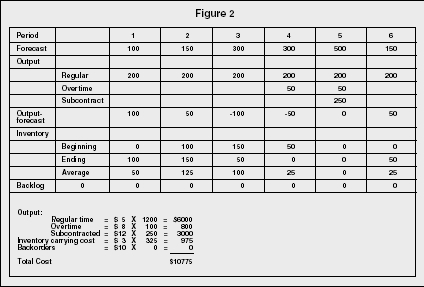



Aggregate Planning Strategy Organization Levels System Examples Model Type Company System




Sales And Operations Planning Aggregate Planning Production Planning




What Is Strategic Analysis Questionpro




4 Steps To Strategic Human Resource Planning Lucidchart




Capacity Planning Strategies Capacity Planning
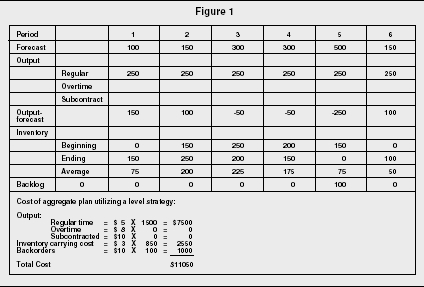



Aggregate Planning Strategy Organization Levels System Examples Model Type Company System




Distribution Strategy Cutting Edge Distribution Strategies 21




Aggregate Planning Definition Importance Strategies Management And Advantages



1
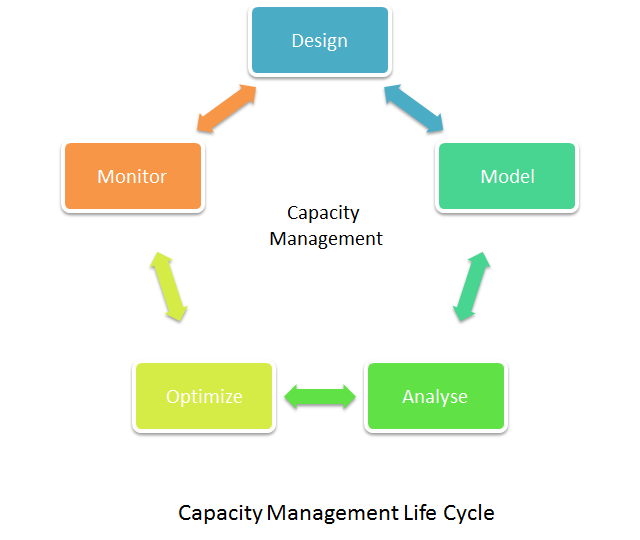



What Is Capacity Management Definition And Faqs Omnisci



Researchportal Port Ac Uk Portal Files Boydell 11 Pub Ch7 Capacity Planning And Management Pdf




Competitive Advantage Learn How A Competitive Advantage Works
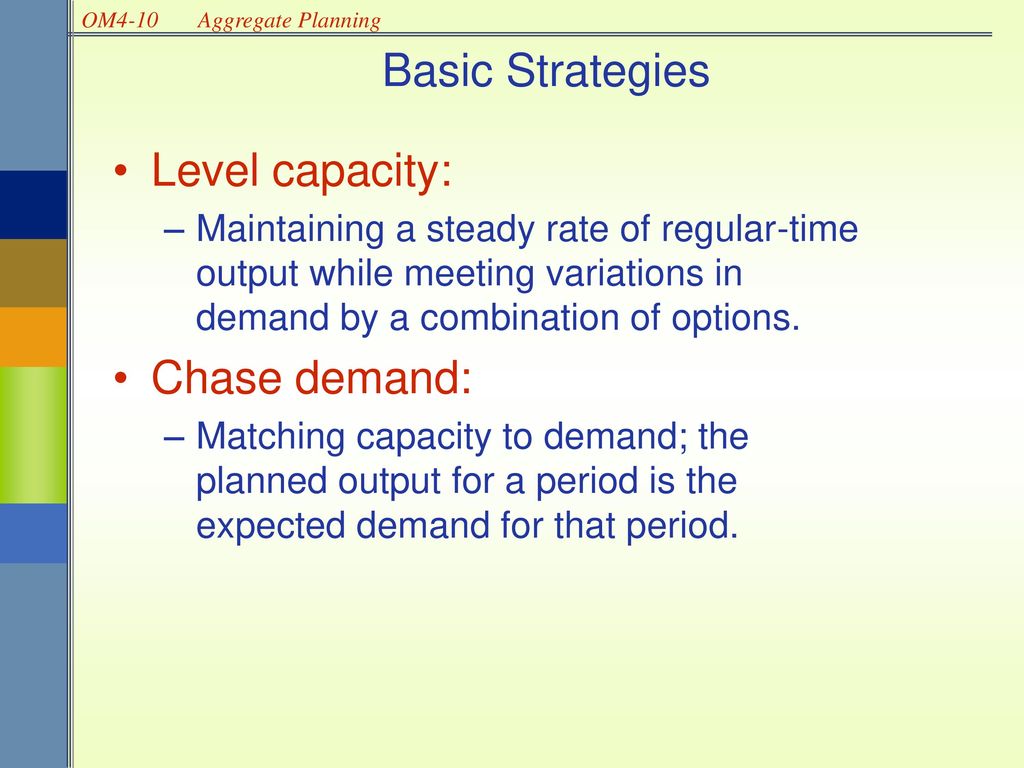



Chapter 14 Aggregate Planning Ppt Download




Capacity Planning Meaning Strategies Importance And Procedure




Evaluating Capacity Development Better Evaluation
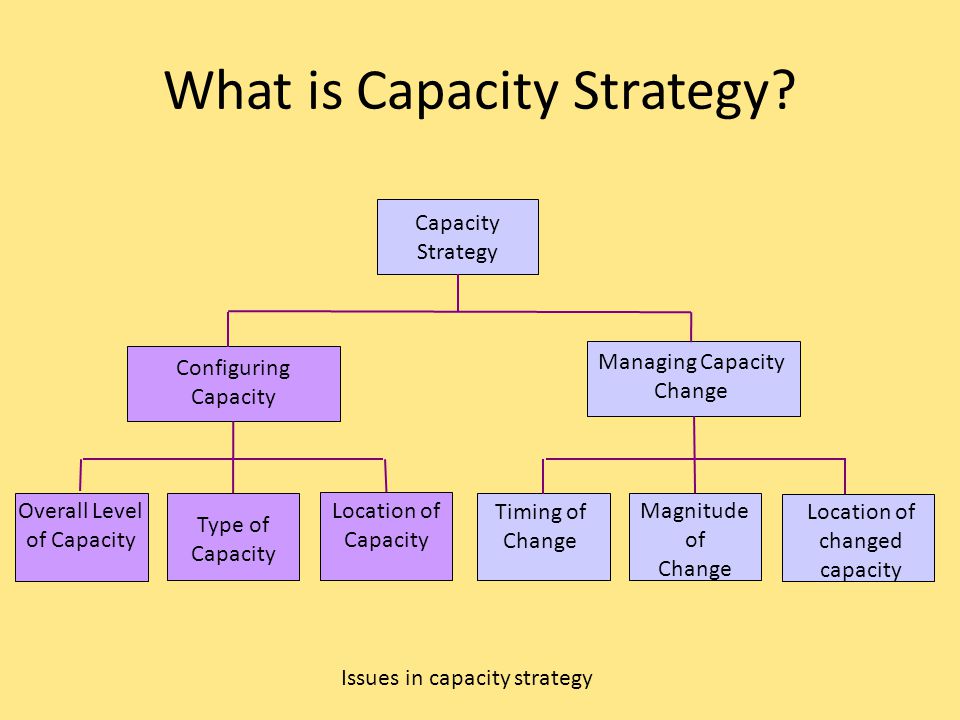



Operations Strategy Capacity Strategy Ppt Video Online Download
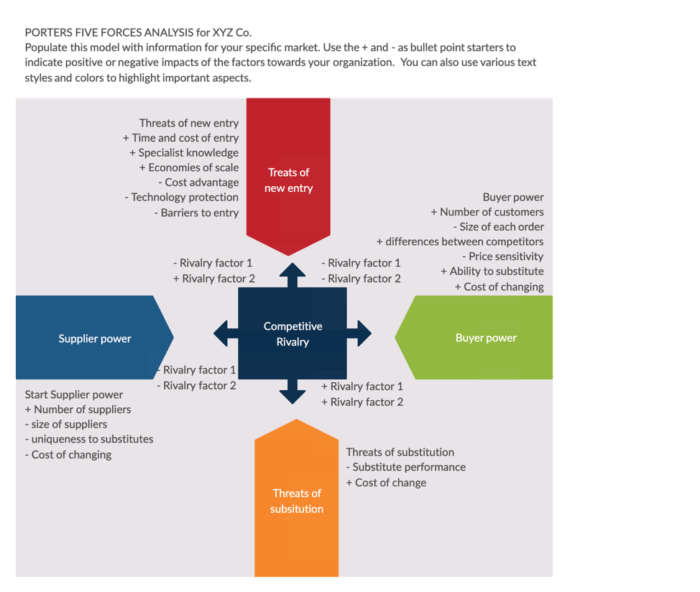



Strategic Analysis Your Ultimate Guide Marketing Templates
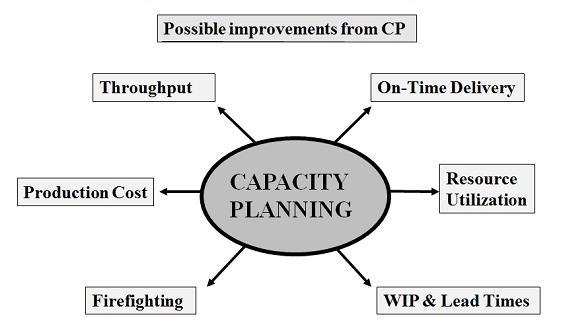



Concept Of Capacity Planning And It S Procedure Importance Management Study Hq
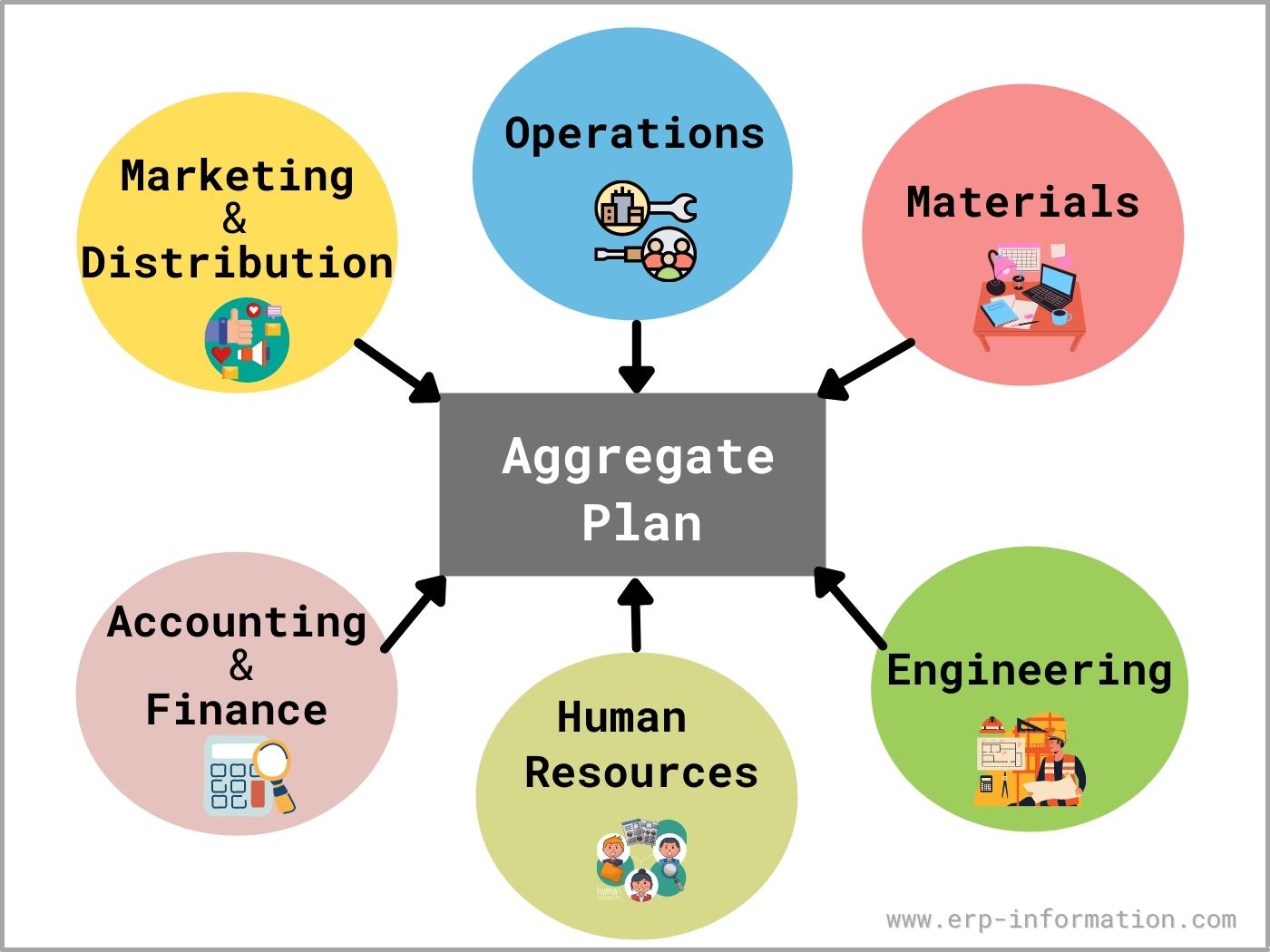



What Is Aggregate Planning 3 Strategies For Aggregate Production Planning
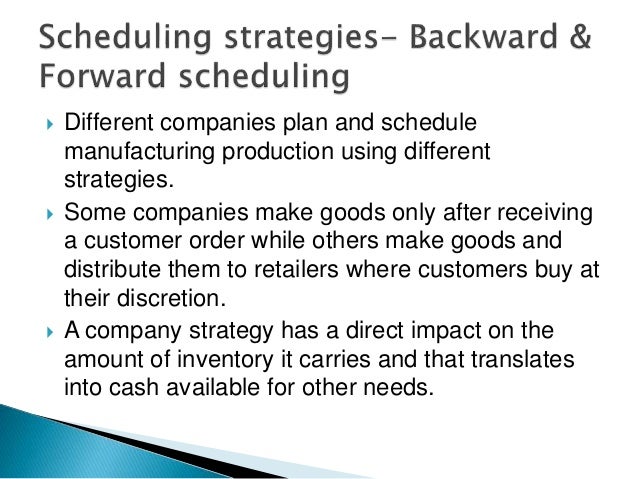



Capacity Management




What Is Capacity Planning Examples Types Optimoroute




Briefly Discuss The Advantages And Disadvantages Of Each Of These Planning Course Hero



3




What Is Resource Management Why Is It Important




What Is Capacity Planning Examples Types Optimoroute
/diseconomies_of_scale_final-db85c494049d42aca10deb37e214a013.png)



Diseconomies Of Scale Definition




Production Planning Planning Horizon Long Range Short Range




Project Resource Management Methods And Basics For Beginners Update 21
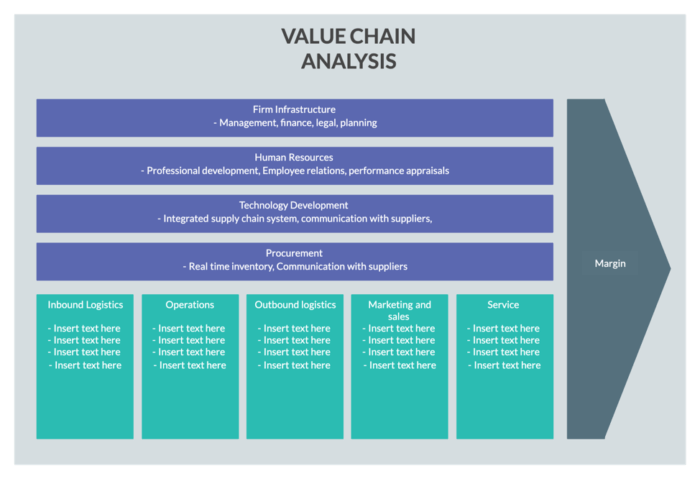



Strategic Analysis Your Ultimate Guide Marketing Templates




Ppt Chapter 3 Aggregate Planning Steven Nahmias Powerpoint Presentation Id
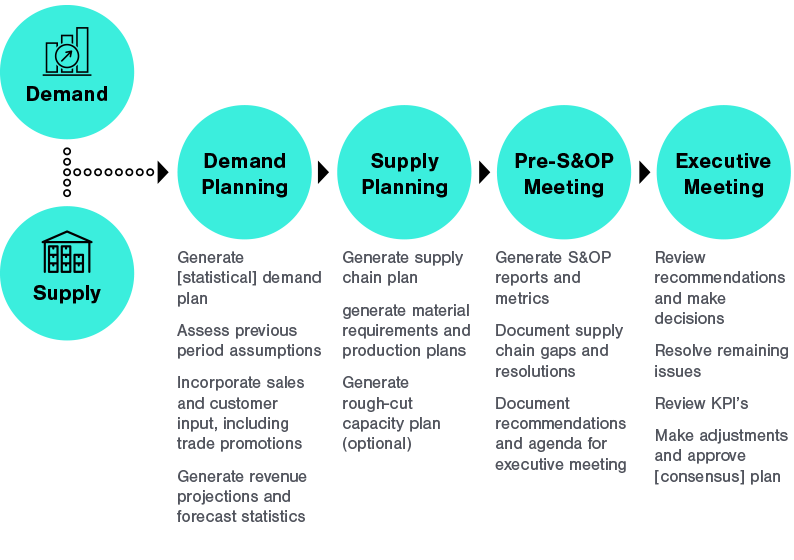



Implementing A Sales Operations Planning S Op Process Plex Demandcaster




Aggregate Planning Definition Importance Strategies Management And Advantages



Q Tbn And9gcr4nww F5j Zzwj3ds9iu Rx9ea0oqpb9ltcuj3quwu9rb0wt Usqp Cau




Competitive Advantage Tutor2u




Capacity Planning Meaning Strategies Importance And Procedure




Capacity Utilisation Tutor2u



What Is Capacity Planning Examples Types Optimoroute




Lora And Lorawan Technical Overview Developer Portal




Briefly Discuss The Advantages And Disadvantages Of Each Of These Planning Course Hero




Internal External Analysis Onstrategy Resources
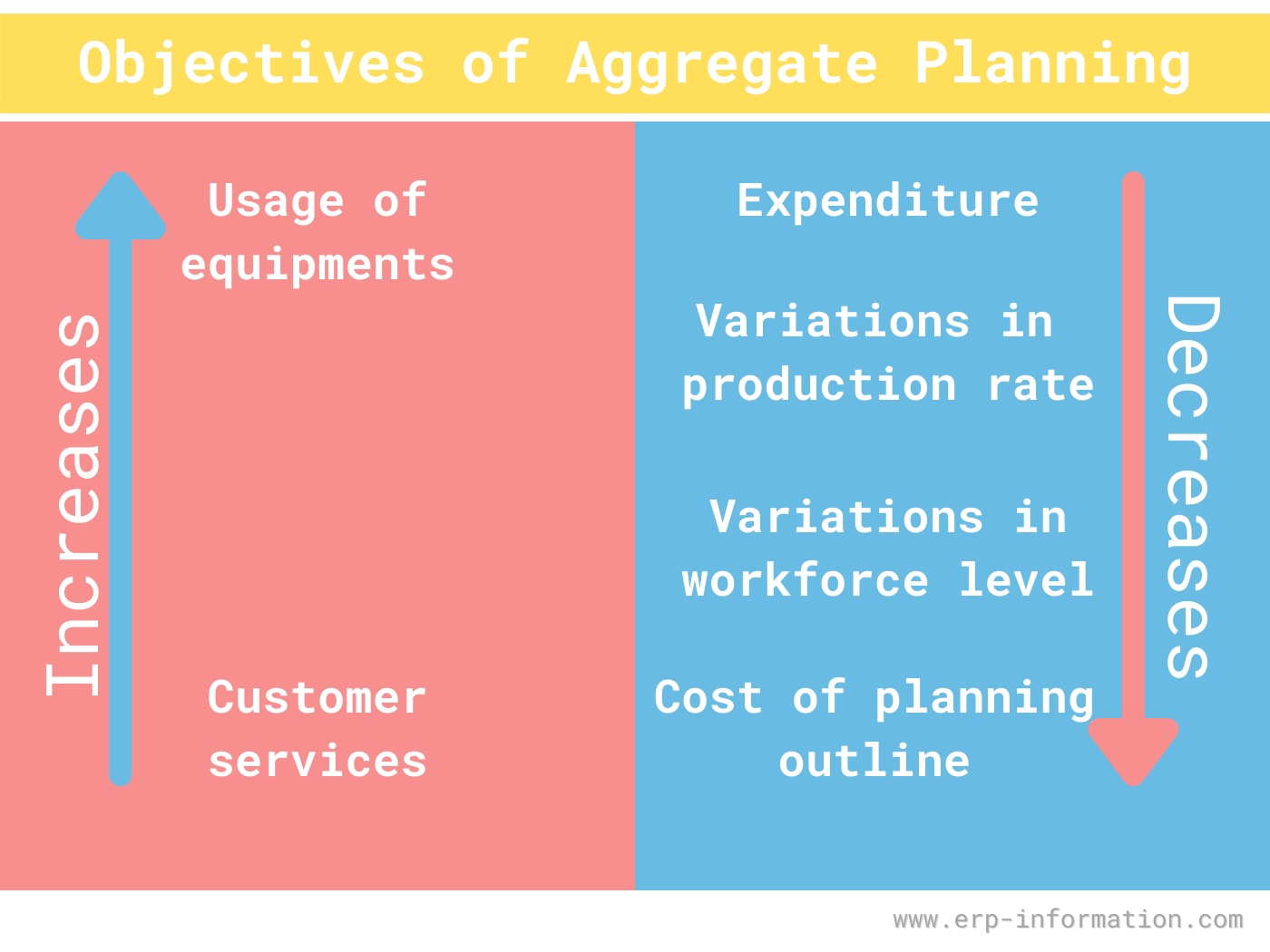



What Is Aggregate Planning 3 Strategies For Aggregate Production Planning
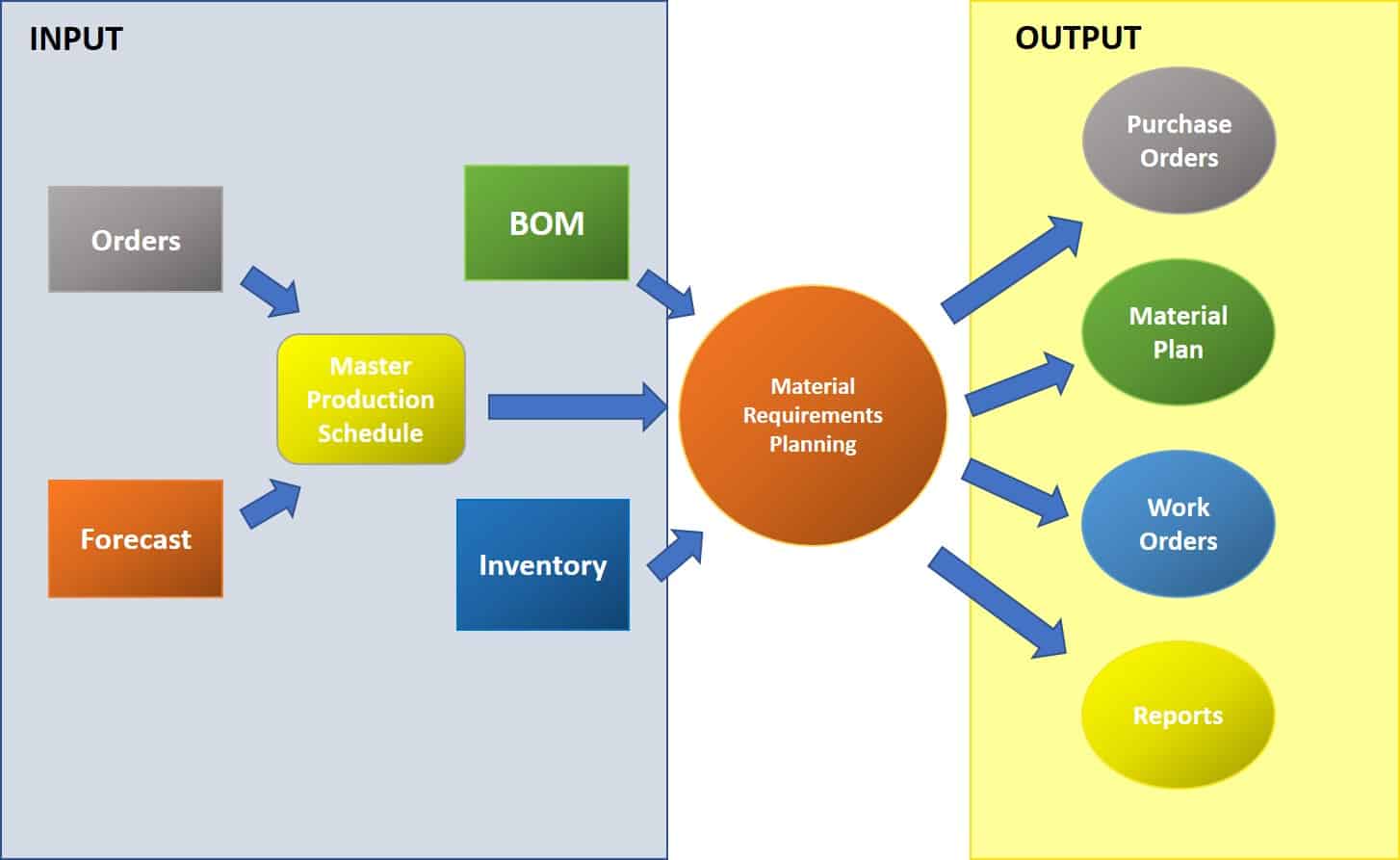



Everything You Need To Know About Material Requirements Planning Mrp Smartsheet



0 件のコメント:
コメントを投稿